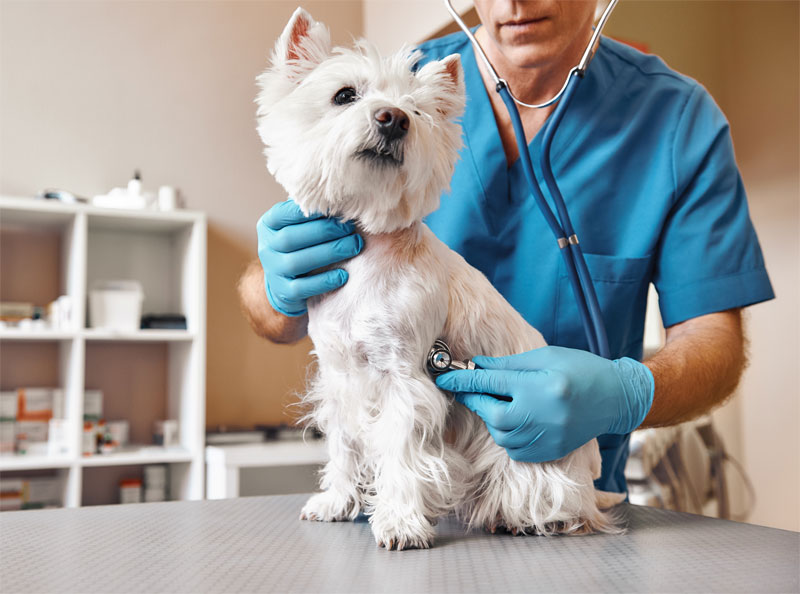
Managing the Cost of Veterinary Care
According to an industry report from the American Pet Products Association (APPA), Americans spent $103.6 billion on pets in 2020, a 6.7% increase over the previous year. Out of the total dollars spent on pets, $31.4 billion went to veterinary care, and that’s 7.2% more than in 2019.
Much of the spending increase was due to the surge of pet adoptions spurred on by the novel coronavirus pandemic throughout 2020. However, it’s not an anomaly. Pet spending and pet care costs have been on the rise for decades. Between 1996 and 2012, pet medical costs increased 60% (compared to a 50% increase in human-related medical costs).
Why Are Pets Getting More Expensive?
Several factors contribute to increasing pet spending: increased costs of labor, supplies, and manufacturing that occur due to normal cost of living adjustments, inflation, and shifting markets.
There are also more pet-related items and types of veterinary care available to spend on. As advances in veterinary medicine occur, our pets are living longer, too. As a result, we need to provide care longer and address more age-related diseases since pets are living longer than ever before.
Additionally, several medical treatments and therapies that were once only available in human healthcare are now available in veterinary medicine, too. Pets are receiving treatments like acupuncture, chiropractic care, cancer care, cold laser therapy, dental treatments, surgeries, and more that were once only offered to people in need.
Of course, no pet owner is being forced to elect these treatments for their pets. However, the fact is, we have come to love our pets like family and we want them to have the best, be happy, and live the longest, healthiest lives they can. As a result, we’re choosing to spend more on new diagnostic testing, veterinary treatments, and fancy pet products so that our pets can be happy and healthy while living long, enriched lives by our sides.


Managing the Increasing Costs of Veterinary Care
As costs increase and there are more veterinary services available to purchase, you can help mitigate some of the damage to your bank account by investing in wellness and preventative care and looking into pet insurance for your pets.
Pet insurance can help reduce the cost of wellness and preventative care in addition to covering some unexpected treatments, as well.
To learn more about veterinary care and pet insurance, contact Adobe Veterinary Center today.







